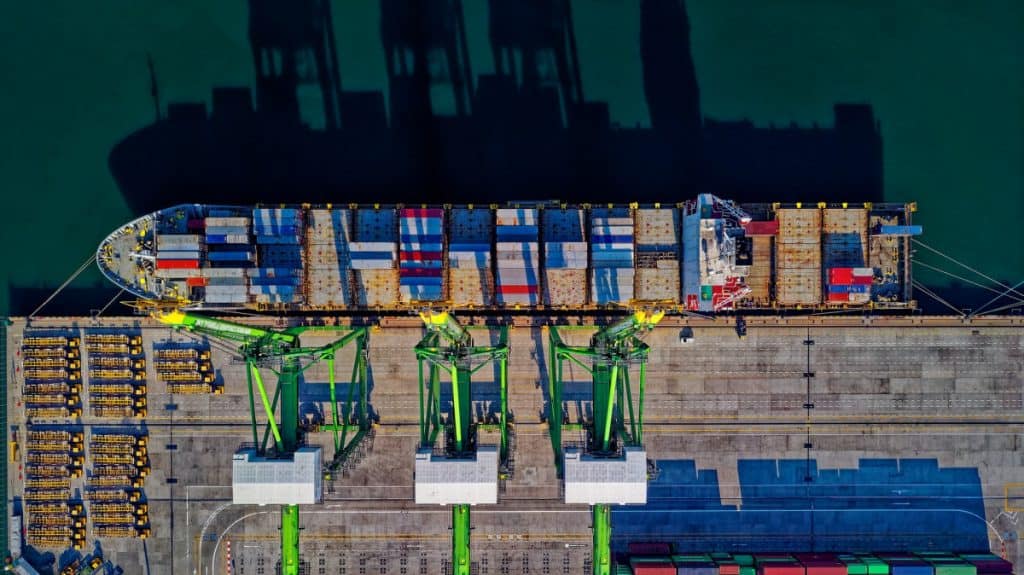With the impact of the UK EU customs border, many leaders are asking how to reduce export cost. Red tape that impacts delivery is at the heart of the business, affecting cost and speed. Once leaders have overcome what they need to do, next up will be to reduce delays and admin.
Keeping your head with the changing tide
In this series “Keeping your head with the changing tide”, we grapple with the changes in trading with the EU. We explore how to steer your business systems for better export results. Firstly, we set the scene in “Export System: Gain Better Clarity to Avoid Confusion”.

This, our second article looks at “How to Reduce Export Cost with Digital”. In our third article we look at reducing paperwork and improving flow in “Avoid Feeling Exposed with an Electronic Customs Declaration”. Finally, we round off with “How do I Manage Change and Keep People Happy?”.
Systems and processes work better when designed as a business system. Our guide, Business System: An Essential Guide to Growth, will help you design a robust system for better results.
Causes of Export Cost
Before we look at how to reduce export cost, let’s start with the causes. In my previous article, I talked about how each item needs a commodity code for the rules and duty. It takes more staff time, requires more training, and can create delays. There’s the time and complexity of keeping track of origin. Then there’s all the additional paperwork. All this adds admin and training cost, as well as potential for delay.
Worst is the cost of a delayed shipment. That may result in delayed payment, penalty, or cost of goodwill. Often, it’s caused by missing or incorrect customs documentation. A delayed payment is bad for business. But it may also require more working capital, which may add cost or impact growth.
The bottleneck

Due to the risk of fines, delays, or loss, you’re likely to have a skilled and experienced person completing your customs and shipping documentation. They acquire the certificates, work with inspection companies, with freight & shipping firms, and complete the documentation. There’s lots of admin, checking and following up. Low and behold, with growth, that person becomes a bottleneck. You may also find you’re facing a key person risk. It’s not great for them either, it’s stressful and they can’t be sick or take leave. So, what can you do?
Go digital!
You need a system that makes it easier and quicker. Improving the accuracy and timeliness of customs documentation is one of the most common strategies to reduce export cost.
If you have a skilled person record the commodity code for an item, then as long as you don’t change the item, you can use the same code repeatedly. Once it’s right, it’s consistently right every time! That also applies to weights, size, and any special instructions.
Most of the information is the same in commercial invoices, packing lists, airway bills, bill of laden and customs declarations. There’s a better way than filling out templates, painstakingly copying and checking data. A system can use the same data to create all your customs documentation at the press of a button. Quick, consistent, and correct.
You also have a system to record all your certificates, suppliers, status information and have all the information at your fingertips. This makes it quicker and easier for staff and helps the business to better respond to change.
Finally
The export system documentation ensures compliance with the free trade agreement; for standards & safety; and to provide information needed for safe and efficient transportation. It’s also for the local VAT! When done well, it reduces cost of exporting and avoids delays.
If you’d like to have a chat about your export system needs, give me a call on 01344 266567 or contact me on rhounsell@kr5consulting.com or DM on LinkedIn to arrange an initial meeting.

